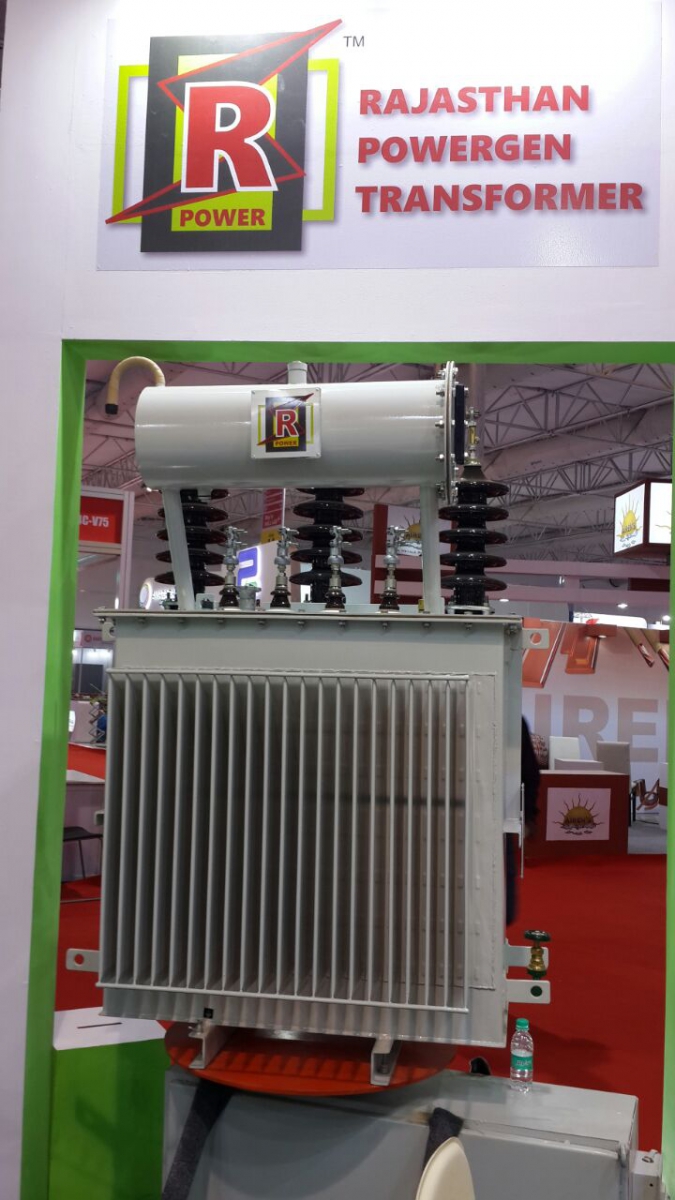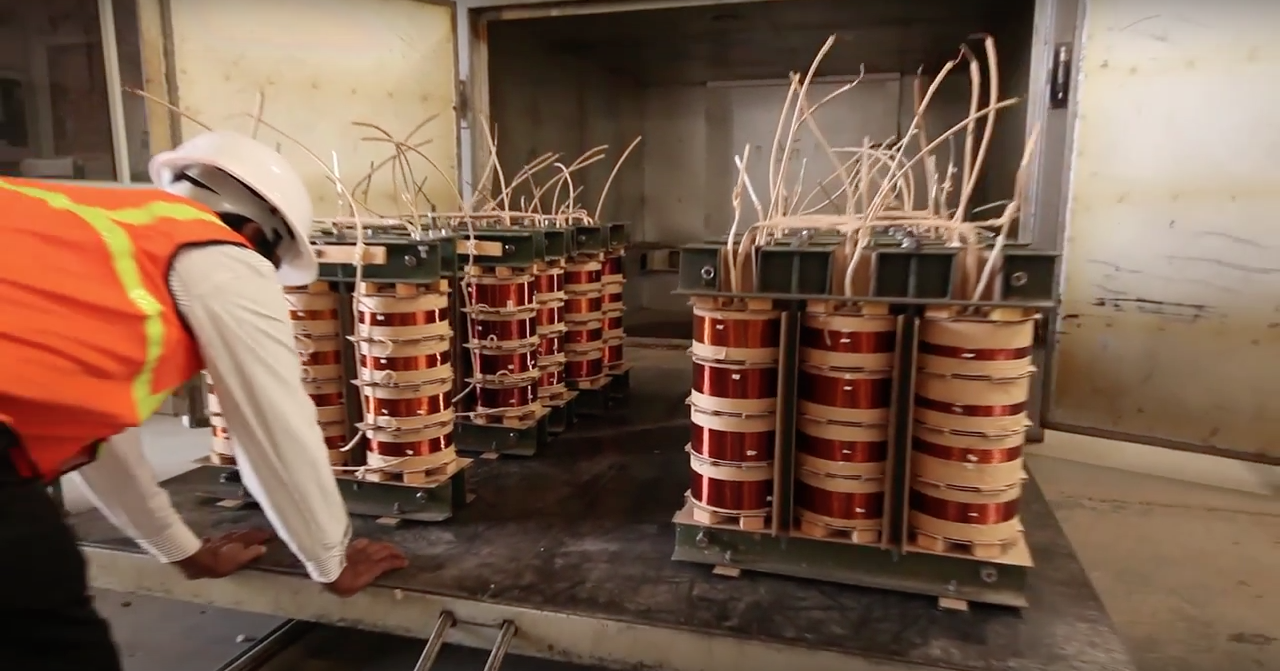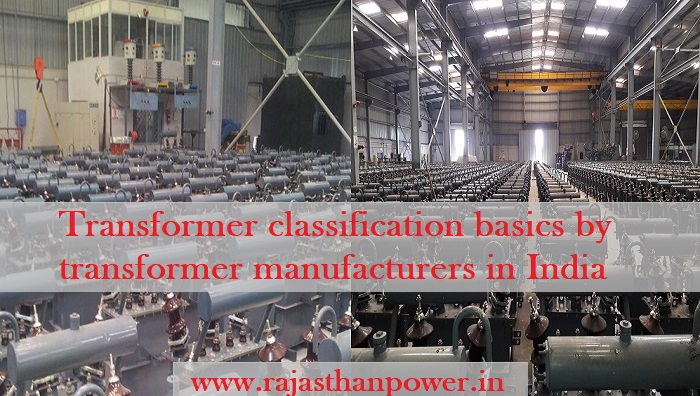The importance of transformers could not be neglected in the present day lifestyle where electricity has become an inevitable part of our lives. This device with such an immense importance has to be efficient in its function so as to avoid the problems that might arise due to transformer inefficiency. One of the important factors in the efficiency of transformer is transformer loss. Top transformer manufacturer in India, Rajasthan Powergen is sharing the details of transformer efficiency and losses in transformers to help customers find the appropriate product.
The difference between output power and input power is defined as loss in the electrical machine. The mechanical losses such as such as friction or windage losses are absent in electrical transformers since it is a fixed device. Therefore, only the electrical losses such as copper or iron losses are present in the transformer. Transformers have losses similar to that present in the DC machine. The only difference is in mechanical losses that are absent in electrical transformers.

The transformer losses are as explained below:
Iron or core losses:
The hysteresis loss or current loss is dependent upon material’s magnetic property that is used for core construction. This is the reason why these losses are termed as iron losses or core losses.
• Hysteresis loss: In the core of transformer, the process of magnetization reversal leads to hysteresis loss. The factors on which this loss depends are grade and volume of iron, flux density value and magnetic reversals frequency.
• Eddy current loss: In the transformer, the primary winding is supplied with AC current. As a result, magnetizing flux is set up. This flux creates induced emf in secondary coil after coming in its link. However, some additional conducting parts such as iron body or steel core of the transformer also gets linked to this flux. As a result, small current circulates in them due to induced emf. This is the current that is termed as eddy current. These eddy currents are responsible for energy dissipation in heat form.
Copper losses:
The windings of transformer offer ohmic resistance that leads to copper loss. For primary windings, copper loss is I12R1 while it is I22R2 for the secondary windings. The currents flowing in primary and secondary windings are denoted by I1 and I2 respectively and their resistances are denoted by R1 and R2.
The copper loss is directly proportional to Current Square. Dependence of current is on load. This is the reason of transformer’s copper loss variation with load.

Transformer’s efficiency:
Transformers efficiency is important for its economical functioning. It is defined as ration of output to input power.
When the iron losses and copper losses in transformer are equal, this forms the condition for maximum efficiency of transformer. The distribution transformer manufacturer in India, Rajasthan Powergen are there offering reliable power products with maximum efficiency and minimum losses. Use of latest technologies by the team of skilled professionals is the reason why the products of Rajasthan Powergen are able to meet the highest quality standards and demands of clients as well.






